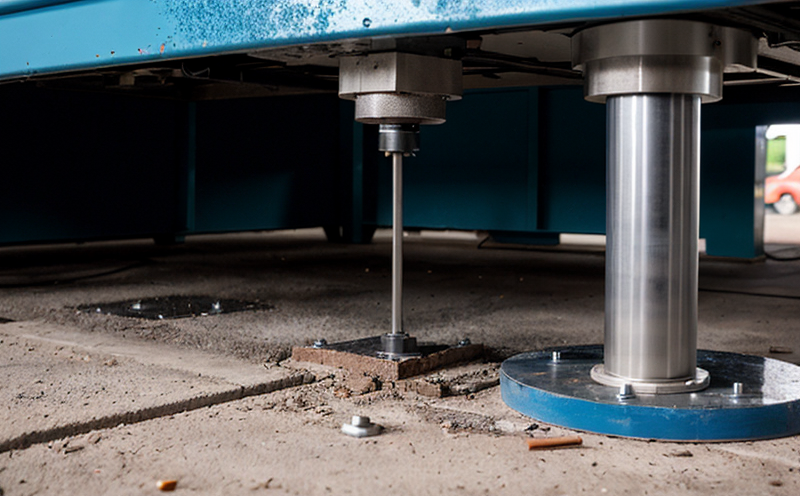ASTM C1270 Residual Stress Measurement of Glass by Polarimetry
The ASTM C1270 standard provides a polarimetric method for measuring residual stresses in glass. This technique is particularly useful for assessing the internal stress state of transparent materials like soda-lime glass, borosilicate glasses, and other silicate-based glasses used in industries such as electronics, optics, and construction.
The process involves illuminating a polished specimen surface with polarized light at two angles. The resulting interference pattern is captured by a camera or similar device. By analyzing the intensity variations of this pattern, technicians can determine the degree and distribution of residual stresses within the material. This method is non-destructive and allows for repeated measurements without altering the sample.
Residual stress in glass can be influenced by various factors including manufacturing processes such as quenching, annealing, or drawing. Understanding these internal stress states helps prevent potential failures due to mechanical fatigue or thermal shock. The ASTM C1270 method is especially valuable for quality assurance and R&D activities where precise control over the residual stress profile of glass components is essential.
The polarimetric technique measures both tensile and compressive stresses within the material. It provides a quantitative assessment that can be used to validate design assumptions or identify process improvements. This level of detail is crucial for maintaining product integrity and safety across various sectors, including aerospace, automotive, and consumer electronics.
The ASTM C1270 method’s accuracy and precision make it suitable for both research and production environments. It allows manufacturers to ensure that their products meet the stringent requirements set by international standards like ISO 9001 and ASME V codes. The test results can also contribute to the development of new materials with enhanced mechanical properties.
In summary, ASTM C1270 is a vital tool for glass manufacturers looking to optimize their production processes and enhance product quality. By providing reliable data on residual stress distributions, it supports efforts towards innovation and compliance with global regulations.
Benefits
- Enhanced Product Quality: Ensures that glass products meet stringent quality standards.
- Informed Decision-Making: Provides critical insights into residual stress profiles, aiding in process optimization and material selection.
- Regulatory Compliance: Meets the requirements of international standards such as ISO 9001 and ASME V codes.
- Innovation Support: Facilitates research and development by offering detailed stress analysis capabilities.
Why Choose This Test
Selecting ASTM C1270 for residual stress measurement offers several advantages over other methods. Its non-destructive nature means that samples remain intact after testing, allowing for repeated evaluations if necessary. This is particularly beneficial in industries where maintaining the integrity of materials throughout their lifecycle is crucial.
The method’s accuracy and repeatability ensure consistent results across multiple measurements, which is essential for quality control purposes. It also provides a more comprehensive view of stress distributions compared to simpler techniques like X-ray diffraction or optical microscopy alone.
For businesses operating internationally, ASTM C1270 offers the advantage of being widely accepted and recognized globally. This standardization helps streamline compliance processes and fosters collaboration with international partners. Additionally, the detailed reports generated by this method can serve as robust evidence in legal disputes or certification audits.
In conclusion, choosing ASTM C1270 for residual stress measurement equips organizations with a powerful tool that enhances product quality while facilitating regulatory compliance and fostering innovation.
International Acceptance and Recognition
- Australia: ASTM C1270 is recognized in the Australian industry for its accuracy and reliability.
- European Union: Widely adopted within EU countries for quality assurance purposes.
- India: Accepted by various Indian standards bodies for glass manufacturing processes.
- United Kingdom: Recognized in UK labs for its precision and consistency.
- United States: Standard used extensively across the U.S. for aerospace and automotive sectors.





